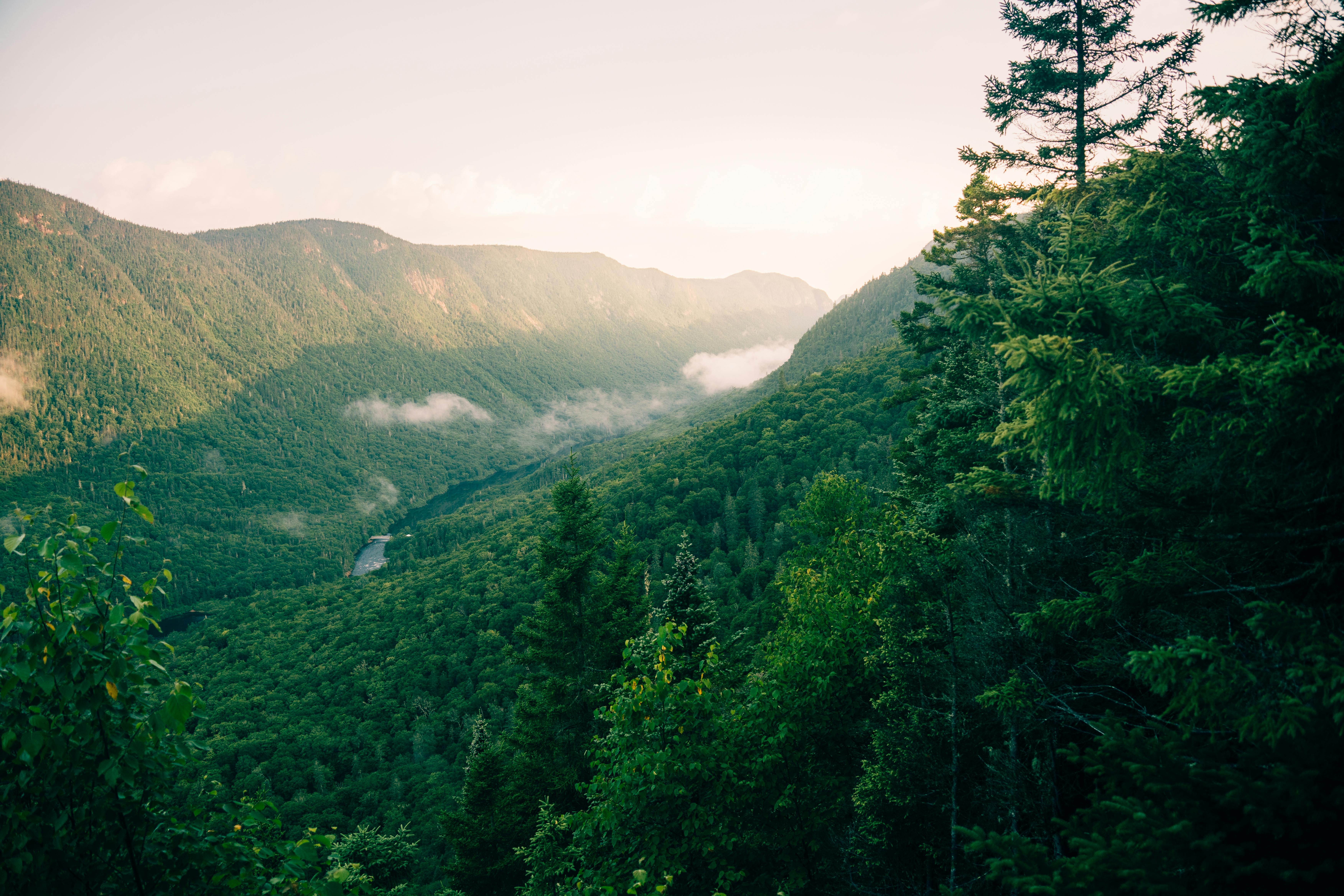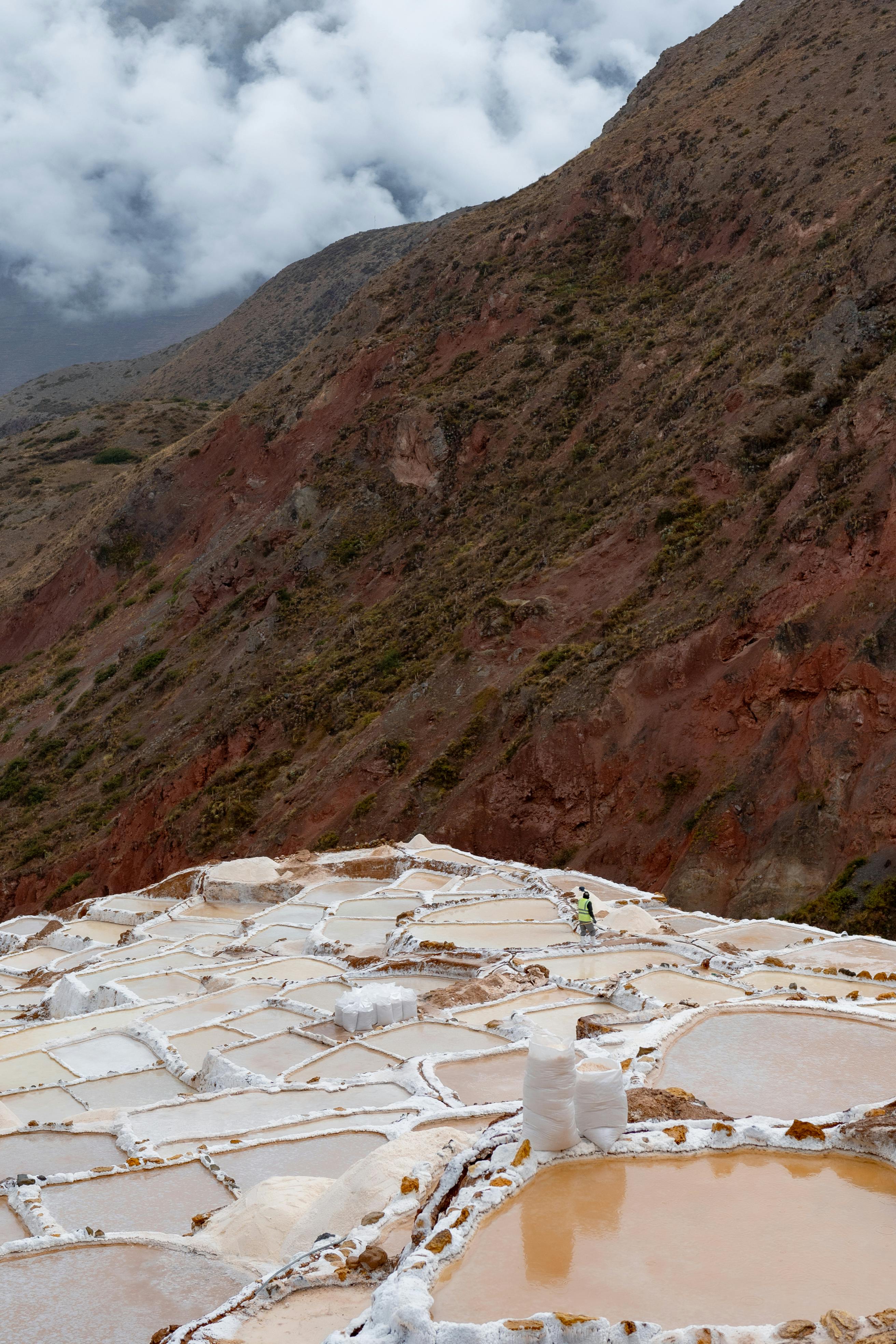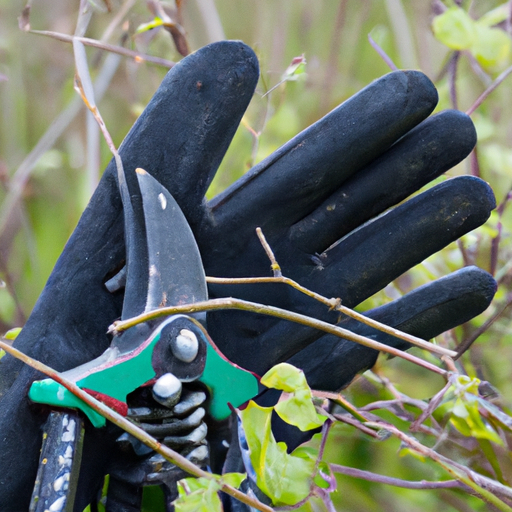How Do You Clear An Overgrown Brush? Imagine walking into your backyard and being greeted by a tangled mess of overgrown brush. It can be overwhelming, but fear not! In this article, we will explore effective methods to clear that unruly vegetation and transform your outdoor space into a thriving oasis. From essential tools to step-by-step instructions, we’ve got you covered. So grab your gardening gloves and get ready to tackle that jungle of brush with confidence!
Assess the Area
Before you begin clearing an overgrown brush, it’s important to assess the area to determine the scope of the task. Take a walk around the space and make note of the size and density of the brush. This will help you gauge the amount of work that needs to be done and plan accordingly. It’s also crucial to identify any obstacles or hazards that may pose a challenge during the clearing process. Look out for rocks, tree stumps, or any other objects that could impede your progress or pose a safety risk.
Gather the Right Tools and Equipment
Having the right tools and equipment is essential for an efficient and successful brush clearing project. Here are some tools you will need to gather before getting started:
- Secateurs or pruning shears: These are ideal for cutting thin branches and smaller plants.
- Loppers or pruning saw: Use these for thicker branches that cannot be cut with secateurs.
- Hand rake or garden fork: These tools will help you remove debris and clear the area.
- Heavy-duty gloves: Protect your hands from thorns, sharp branches, and any other hazards.
- Protective clothing: Wear long sleeves, pants, and sturdy footwear to shield yourself from scratches and insect bites.
- Safety goggles or glasses: Protect your eyes from flying debris and wood chips.
- Face mask or respiratory protection: If the area is dusty or overgrown with pollen, wearing a face mask will help you breathe easily.
- Brush cutter or trimmer: These power tools are useful for cutting and clearing thick brush or grass.
- Chainsaw (if necessary): For larger and stubborn growth, a chainsaw may be required.
- Safety equipment (e.g., helmet, ear protectors): If you’re using power tools, it’s important to wear safety gear to protect your head and ears from potential hazards.

Safety Precautions
Before you start clearing the brush, it’s crucial to prioritize your safety. Here are some important safety precautions to keep in mind:
- Wear appropriate protective gear: Put on your safety goggles, gloves, face mask, and any other protective clothing necessary to minimize the risk of injury.
- Inspect and maintain tools: Before using any tools, make sure they are in good working condition. Check for any damages or faults that could compromise your safety.
- Ensure proper footing: Clearing brush often involves navigating uneven terrain. Wear sturdy footwear with good traction to prevent slips and falls.
- Work with a partner if possible: Having a partner can provide an extra set of eyes and hands, making the task safer and more efficient.
- Be mindful of wildlife or nesting birds: Brush and overgrown areas can serve as habitats for various wildlife, including nesting birds. Be cautious and avoid disturbing their environments as you clear the area.
Clearing Small Brush
When dealing with smaller plants and thin branches, there are several steps you can take to clear the area effectively:
- Remove smaller plants by hand: Pull out any smaller plants or weeds from the ground, making sure to remove the roots to prevent regrowth.
- Use secateurs or pruning shears: These tools are ideal for cutting thin branches. Trim back any overgrown branches or shoots to open up the space.
- Use loppers or pruning saw: For thicker branches that cannot be cut with secateurs, use loppers or pruning saws. Cut the branches near the base to remove them completely.
- Remove cut branches from the area: As you go, collect and remove the cut branches to keep the space clear and prevent tripping hazards.
- Rake up debris and dispose of it properly: Once you have removed the plants and branches, use a hand rake or garden fork to gather any remaining debris. Dispose of it in accordance with local guidelines.

Clearing Large Brush
When faced with larger and denser brush, a systematic approach is required. Here’s how to tackle the task:
- Assess the size and density of the brush: Take a step back and evaluate the size and density of the brush. This will help you determine the best approach for clearing the area.
- Consider using a brush cutter or trimmer: If the brush is thick and difficult to cut through, a brush cutter or trimmer can be a valuable tool. These power tools make quick work of dense vegetation.
- Follow manufacturer’s instructions for operation: Before using a brush cutter or trimmer, familiarize yourself with the manufacturer’s instructions for safe and efficient operation.
- Cut brush systematically to manageable sections: Divide the brush into manageable sections and cut through each section systematically. Start at one end and work your way to the other, ensuring that you clear as much as possible.
- Clear large debris as you work: As you cut through the brush, clear away any larger debris that may obstruct your progress, making it easier to navigate the area.
- Use a chainsaw for larger, stubborn growth if necessary: For particularly thick and stubborn growth, a chainsaw may be necessary. Follow proper safety precautions and guidelines when using a chainsaw, or consider hiring a professional if you are uncomfortable operating one.
- Dispose of cut brush in appropriate manner: Collect the cut brush and dispose of it properly, following local regulations and guidelines.
- Rake and clean up remaining debris: Once the brush has been cleared, use a rake or garden fork to collect any remaining debris and dispose of it responsibly.
Removing Tree or Stump Overgrowth
Clearing tree or stump overgrowth can be a more complex task. Here are some steps to follow:
- Evaluate the size and complexity of the tree or stump: Before attempting to remove a tree or stump, assess its size and complexity. For larger or more challenging cases, you may need to utilize a chainsaw or consider hiring a professional.
- Utilize chainsaw or hiring a professional for large or difficult cases: If the tree or stump is large or poses a significant challenge, using a chainsaw or seeking professional assistance is often the safest and most efficient option.
- Cut down tree systematically, starting from the top: If you’re removing a tree, begin by cutting down the tree systematically, starting from the top. Work your way down the trunk, cutting it into manageable sections as you go.
- Consider leaving tree stumps for natural decay if appropriate: In some cases, it may be appropriate to leave tree stumps to naturally decay over time. Consult with a professional if you’re unsure about the best course of action.
- Dispose of tree debris properly: Collect and dispose of the tree debris in accordance with local regulations and guidelines.
- Clear surrounding area of smaller brush: Once the tree or stump has been removed, clear any smaller brush or debris from the surrounding area to complete the clearing process.

Disposing of Brush and Debris
Proper disposal of brush and debris is important for environmental and safety reasons. Here are some options to consider:
- Check local regulations and guidelines: Before disposing of brush and debris, familiarize yourself with the local regulations and guidelines. Different areas may have specific rules regarding disposal methods.
- Consider composting organic material: If you have a compost pile or facility, consider composting the organic material from the brush and debris. This can be a sustainable way to recycle and reuse the materials.
- Use designated green waste disposal facilities: Many communities have designated green waste disposal facilities where you can take your brush and debris. Check with your local waste management services to find out the nearest location.
- Contact local waste management services: If you’re unsure about the appropriate disposal methods, contact your local waste management services for guidance. They can provide information on specific requirements and options available in your area.
- Avoid burning unless permitted and safe: Burning brush and debris may be an option in some areas, but it’s important to ensure that it is permitted and safe. Check with local authorities and follow any guidelines or restrictions to prevent fire hazards and air pollution.
Maintaining Cleared Area
Once you have cleared the overgrown brush, it’s important to establish a plan for maintaining the area. Here are some tips for ongoing maintenance:
- Regularly monitor for regrowth: Keep an eye on the cleared area for any signs of regrowth. Small plants and weeds can quickly take over if not attended to promptly.
- Implement preventive measures: Consider using preventive measures such as mulching or herbicides to minimize regrowth and maintain a tidy and clear area.
- Prune or trim remaining vegetation as needed: As new growth appears or existing vegetation requires maintenance, regularly prune or trim the remaining vegetation to keep the area in good condition.
- Apply appropriate fertilizers or conditioners: Depending on the type of plants or vegetation you want to promote, apply appropriate fertilizers or conditioners to nourish the soil and support healthy growth.
- Establish a maintenance schedule: Create a maintenance schedule to ensure regular upkeep of the cleared area. This will help you stay on top of maintenance tasks and prevent the area from becoming overgrown again.

Hiring Professional Services
In some cases, it may be necessary or beneficial to hire professional services. Here are some considerations and steps to take:
- When to consider professional help: If the brush clearing project is large-scale, complex, or beyond your comfort level or capabilities, it may be wise to consider hiring professionals. They have the experience, knowledge, and specialized equipment needed to tackle challenging projects.
- Research and select reputable companies: Take the time to research and select reputable companies that specialize in brush clearing services. Look for reviews and ratings, and ask for recommendations from friends or neighbors who have used such services before.
- Obtain multiple quotes or consultations: It’s a good practice to obtain multiple quotes or schedule consultations with different companies. This will allow you to compare prices, services offered, and determine which company best meets your needs and budget.
- Verify licenses and insurance: Before hiring any professional services, verify that they have the required licenses and insurance coverage. This ensures that you are protected in case of any accidents or damages that may occur during the clearing process.
- Discuss desired outcome and budget: Clearly communicate your desired outcome and budget with the professionals you are considering. This will help them understand your expectations and provide you with an accurate estimate of the costs involved.
- Ask for references or past work examples: Don’t hesitate to ask for references or examples of past work from the companies you are considering. This will give you a better understanding of their capabilities and the quality of their work.
Conclusion
Clearing an overgrown brush requires careful planning, the right tools and equipment, and consideration for safety. By following the steps and tips outlined in this article, you’ll be well-prepared to take on the task and reclaim your outdoor space. Remember to prioritize safety, dispose of brush and debris responsibly, and establish a maintenance routine to prevent regrowth. In cases where the project is particularly challenging or beyond your capabilities, don’t hesitate to seek professional help. With the right approach and resources, you’ll be able to transform an overgrown area into a vibrant and well-maintained space.


